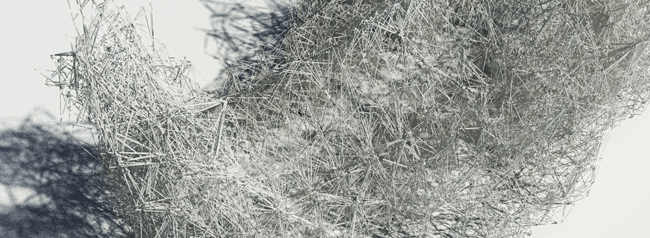Today, dealing with enormous amount of information on one side and with physical environment on the other, with all these noise and vibration of social phenomena, we are not seeking for the particular problem solution but for new potential of creative approaches.
Rules, structures, syntax and etc, are interweaving in order to get our concepts into “working” or operating stage. Everything is possible; it is only a matter of asking the right questions about the operating procedure itself.
Looking at the code as a collection of different signals, social inputs, multiple entries of data as well as a powerful tool for architectural design, we structure our project in order for flocks to overcome obstacles, or to allow for self-organization to occur, or in order to adapt certain rules towards certain circumstances. All in all, we try hard to translate our abstract architectural concepts into geometry of another virtual language. During this module, speculative realm of architectural design will be the starting position in pursuit for logic discourse of modeling spatial/ object transformations. To be aware of constraints is one step further in order to think beyond them and to abstract “scripted-written” concepts.
The module started with our tutors’ presentations, as an introduction to the practical exercises in Java and Eclipse and corresponding thought processes; after which students had to decide on what topic they would like to develop further their concepts during the following two weeks.
Here is the short preview on mid-critic student’s presentations on flocking behavior, self-organizing maps, indexing, subdivision, reaction-diffusion diagrams, database describing in general.
M5 mid-presentation from MASCAAD1112 on Vimeo.
And part of Prof. L. Hovestadt’s comments on presentations as an advice for continuation.
Ludger Hovestadt on swarms from MASCAAD1112 on Vimeo.

